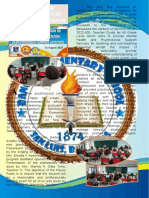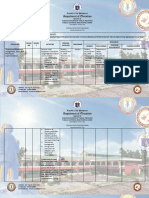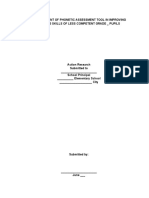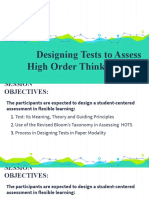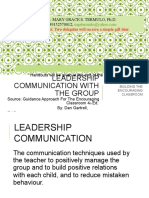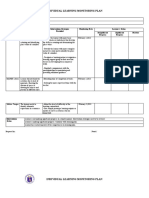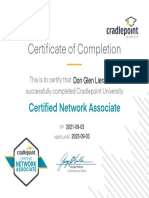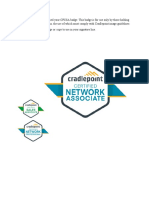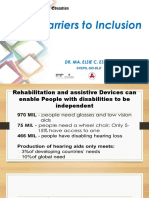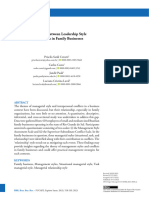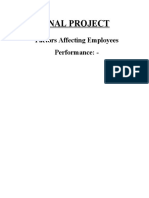0% found this document useful (0 votes)
440 views25 pagesTraining of Grades 2 and 8 Receiving Teachers On SPED Content and Pedagogy
This document provides information from a training for teachers on special education content and behavior management of learners with disabilities. It discusses creating positive learning environments, understanding behavior functions, and implementing proactive and reactive interventions. Specific strategies are outlined for different behavior functions, such as using reinforcement for attention-seeking behaviors and teaching replacement behaviors. Challenges in behavior management are also addressed. The training aims to help teachers effectively manage classrooms and behaviors.
Uploaded by
Charie Enrile-JaleCopyright
© © All Rights Reserved
We take content rights seriously. If you suspect this is your content, claim it here.
Available Formats
Download as PDF, TXT or read online on Scribd
0% found this document useful (0 votes)
440 views25 pagesTraining of Grades 2 and 8 Receiving Teachers On SPED Content and Pedagogy
This document provides information from a training for teachers on special education content and behavior management of learners with disabilities. It discusses creating positive learning environments, understanding behavior functions, and implementing proactive and reactive interventions. Specific strategies are outlined for different behavior functions, such as using reinforcement for attention-seeking behaviors and teaching replacement behaviors. Challenges in behavior management are also addressed. The training aims to help teachers effectively manage classrooms and behaviors.
Uploaded by
Charie Enrile-JaleCopyright
© © All Rights Reserved
We take content rights seriously. If you suspect this is your content, claim it here.
Available Formats
Download as PDF, TXT or read online on Scribd
/ 25













